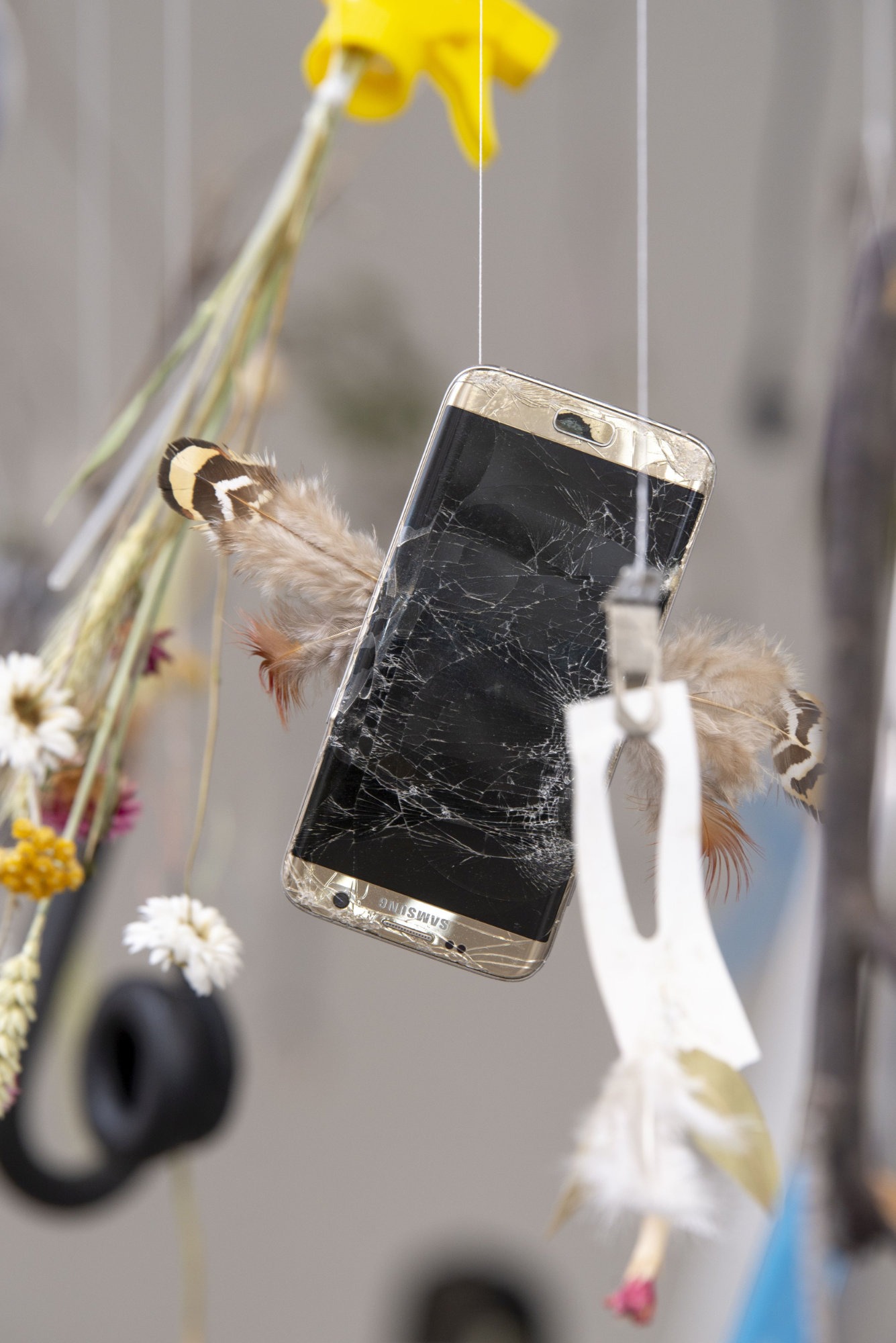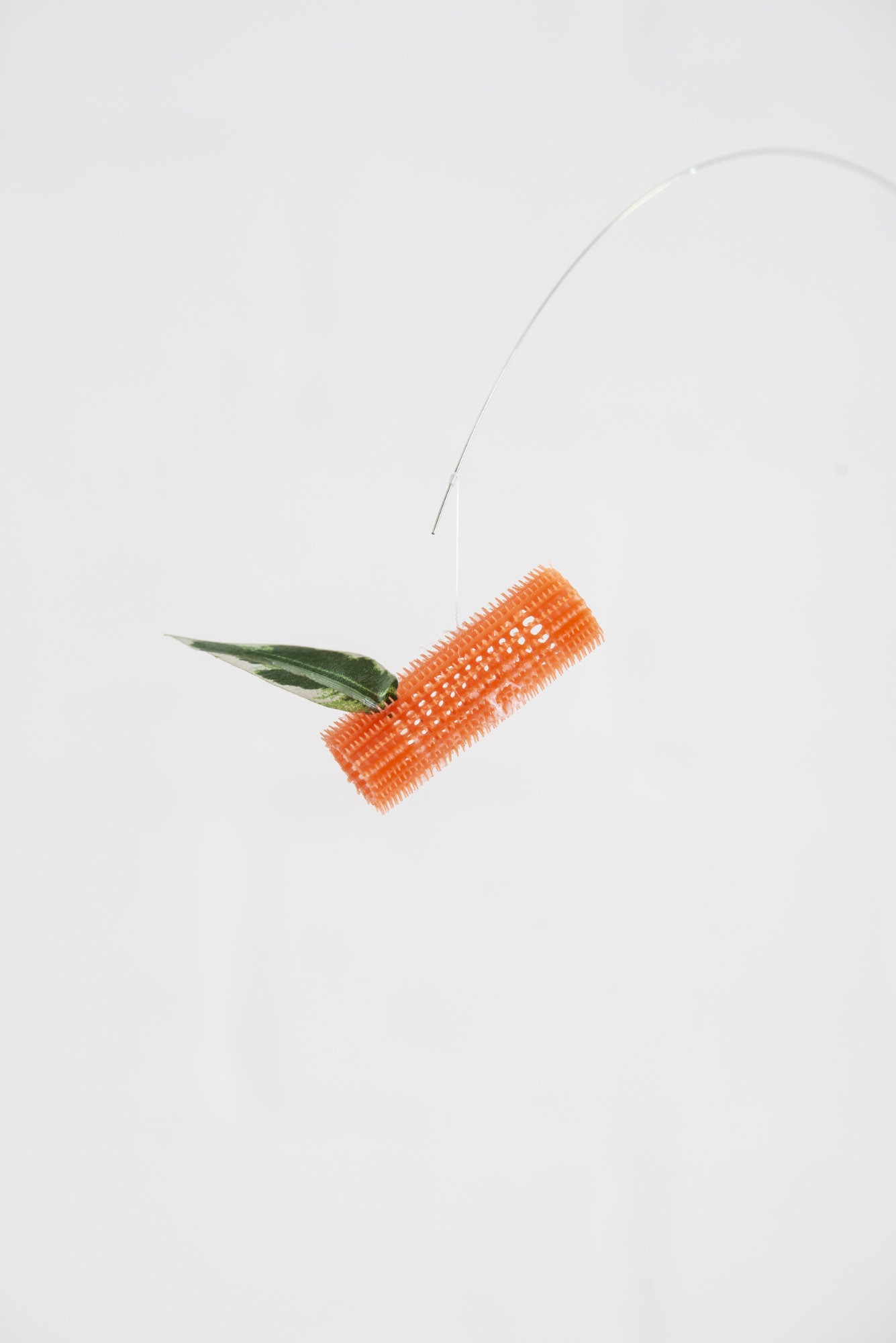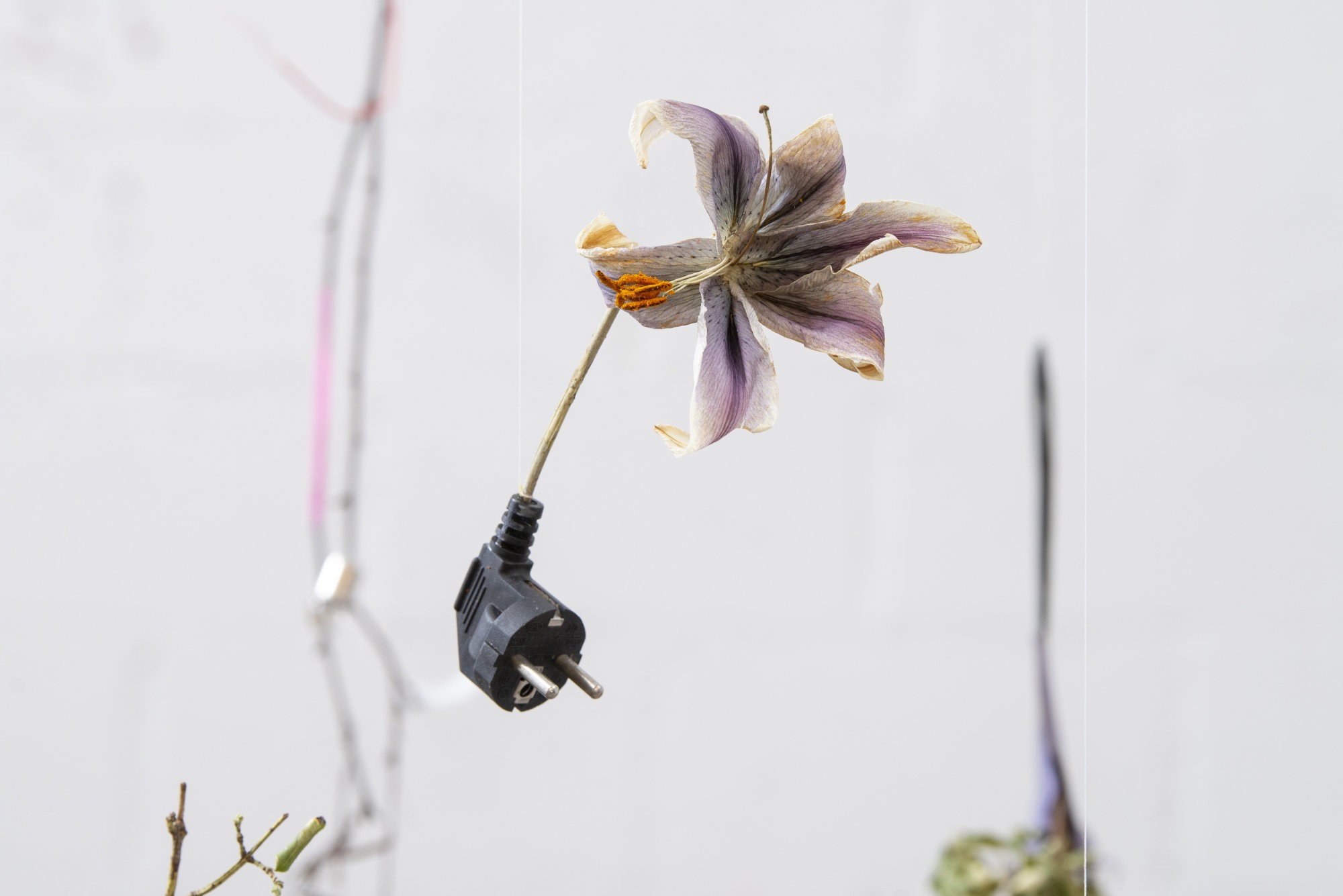Laure Prouvost
Ohmmm age Oma je ohomma mama
11 May - 01 Oct 2023
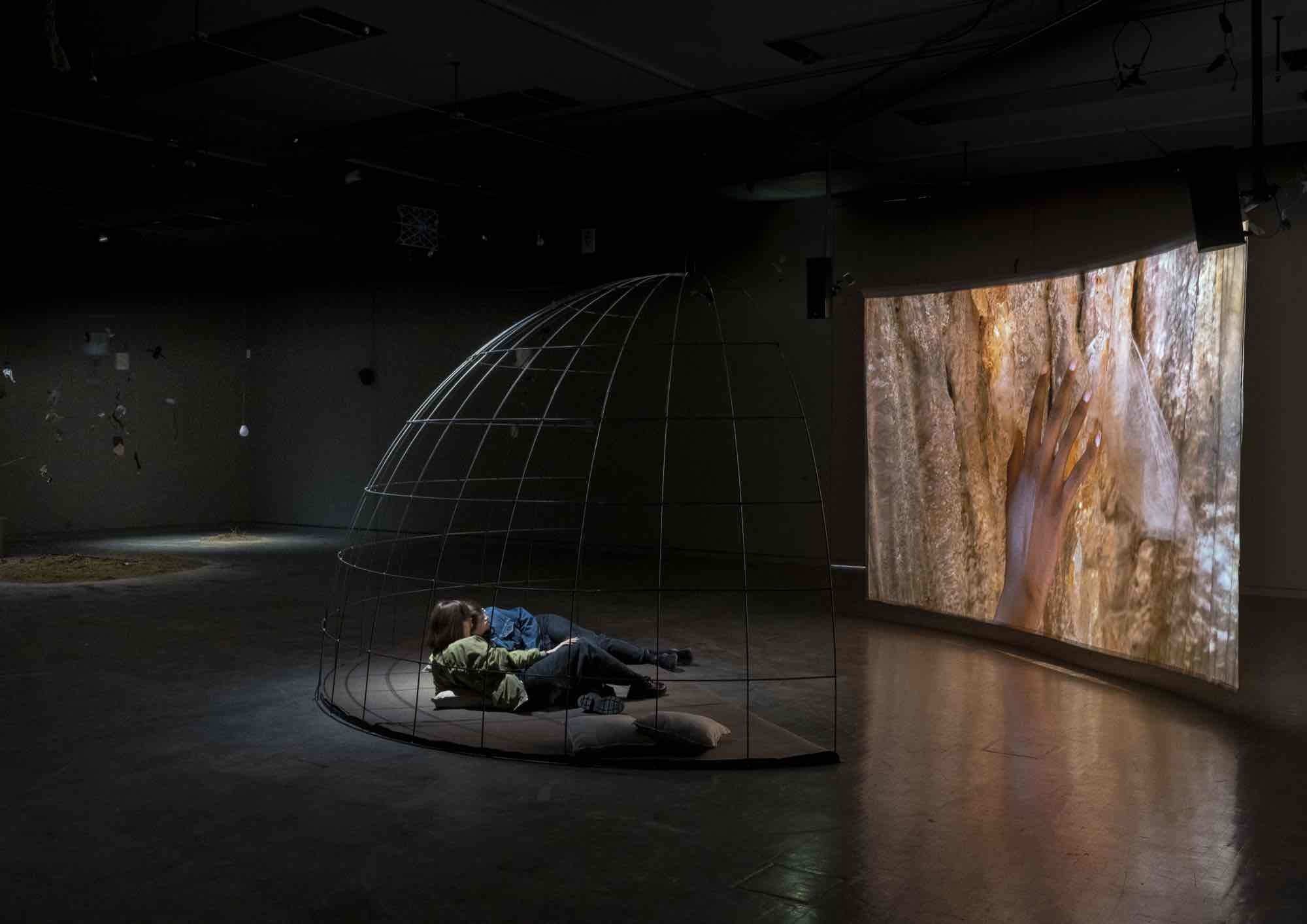
Installation view: Laure Prouvost. Ohmmm age Oma je ohomma mama, Kunsthalle Wien 2023, photo: Iris Ranzinger
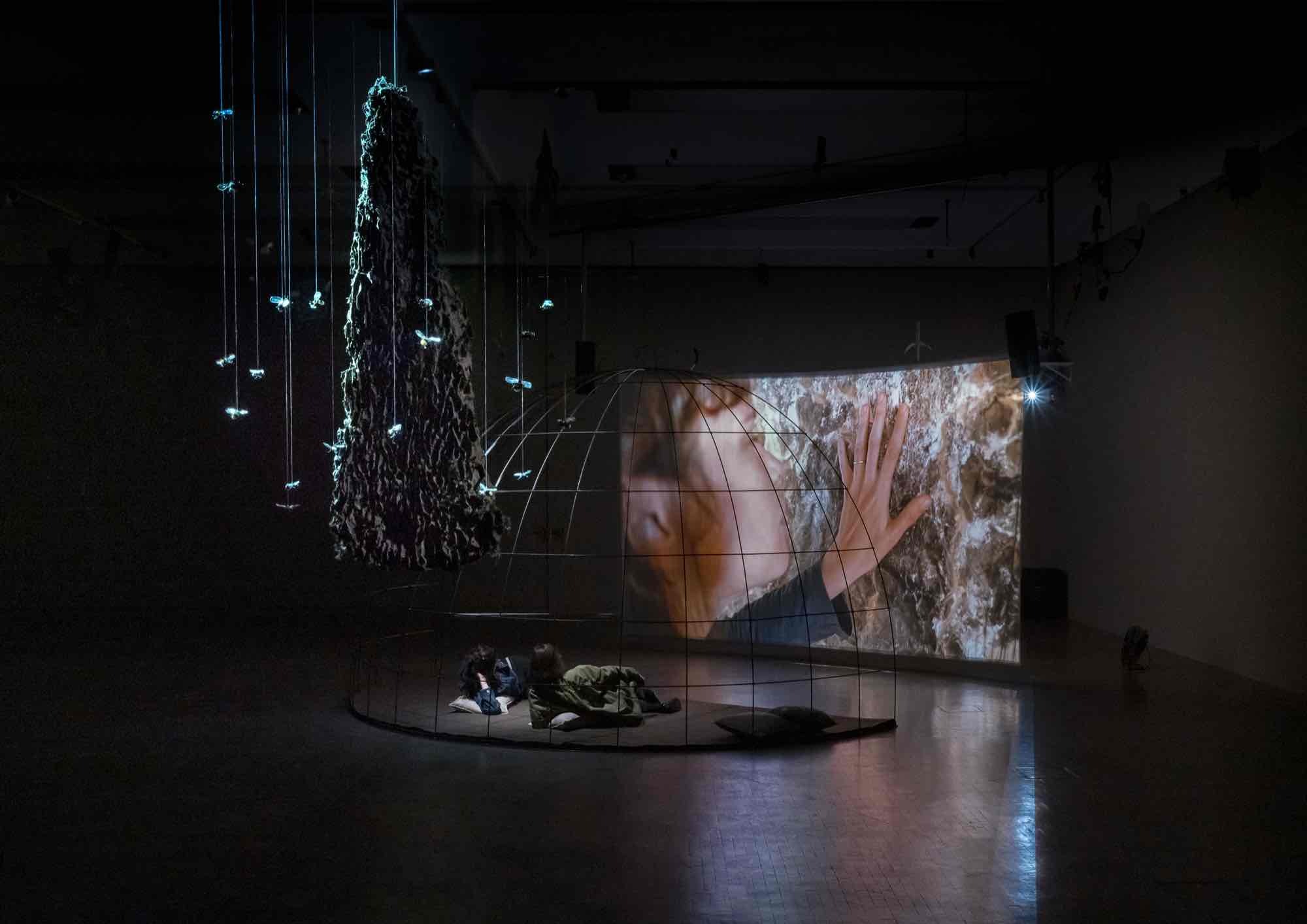
Installation view: Laure Prouvost. Ohmmm age Oma je ohomma mama, Kunsthalle Wien 2023, photo: Iris Ranzinger

Installation view Laure Prouvost. Ohmmm age Oma je ohomma mama: Bzzz, 2023, Kunsthalle Wien 2023, photo: Iris Ranzinger
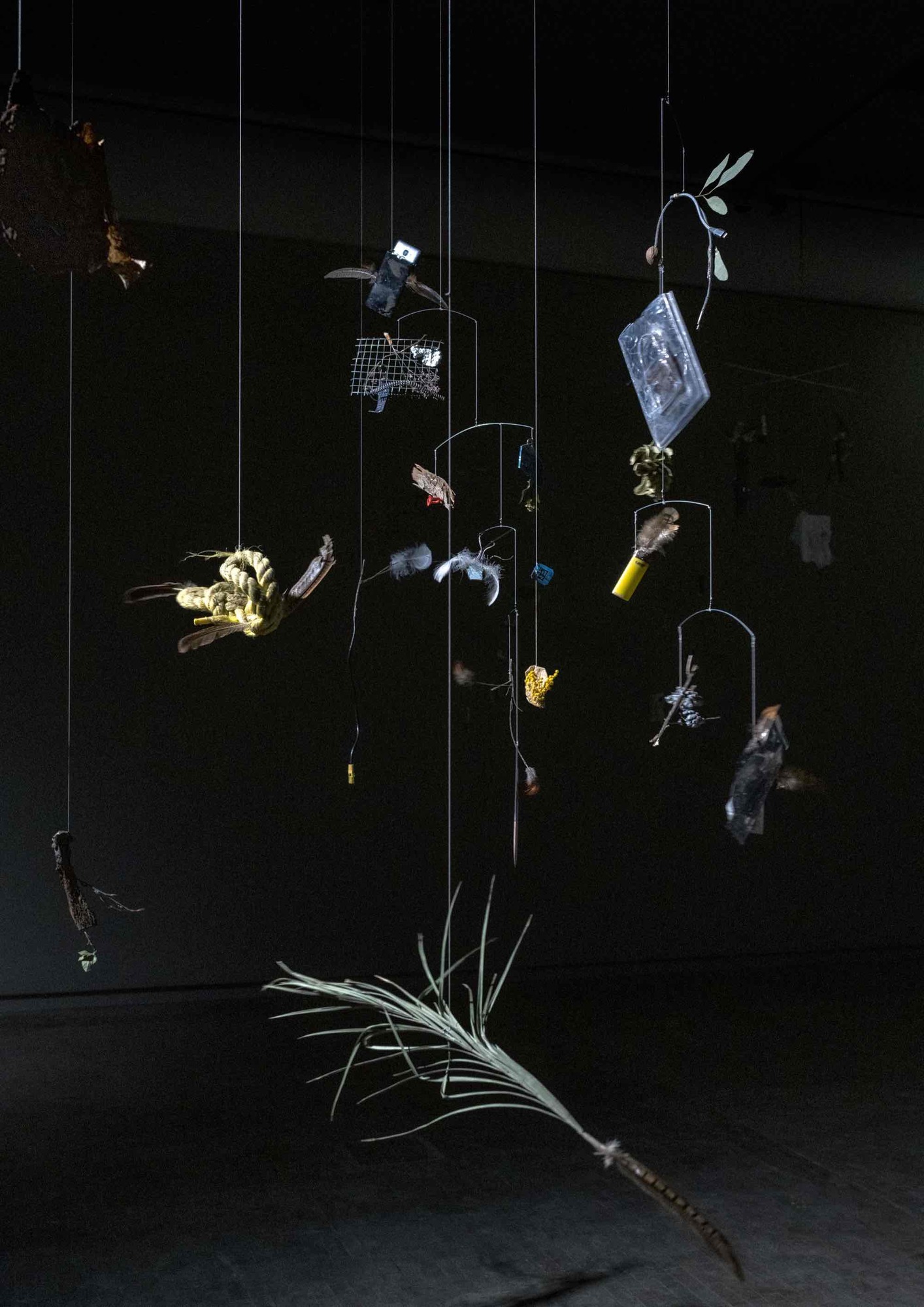
Installation view Laure Prouvost. Ohmmm age Oma je ohomma mama: Moving Her, 2023, Kunsthalle Wien 2023, photo: Iris Ranzinger
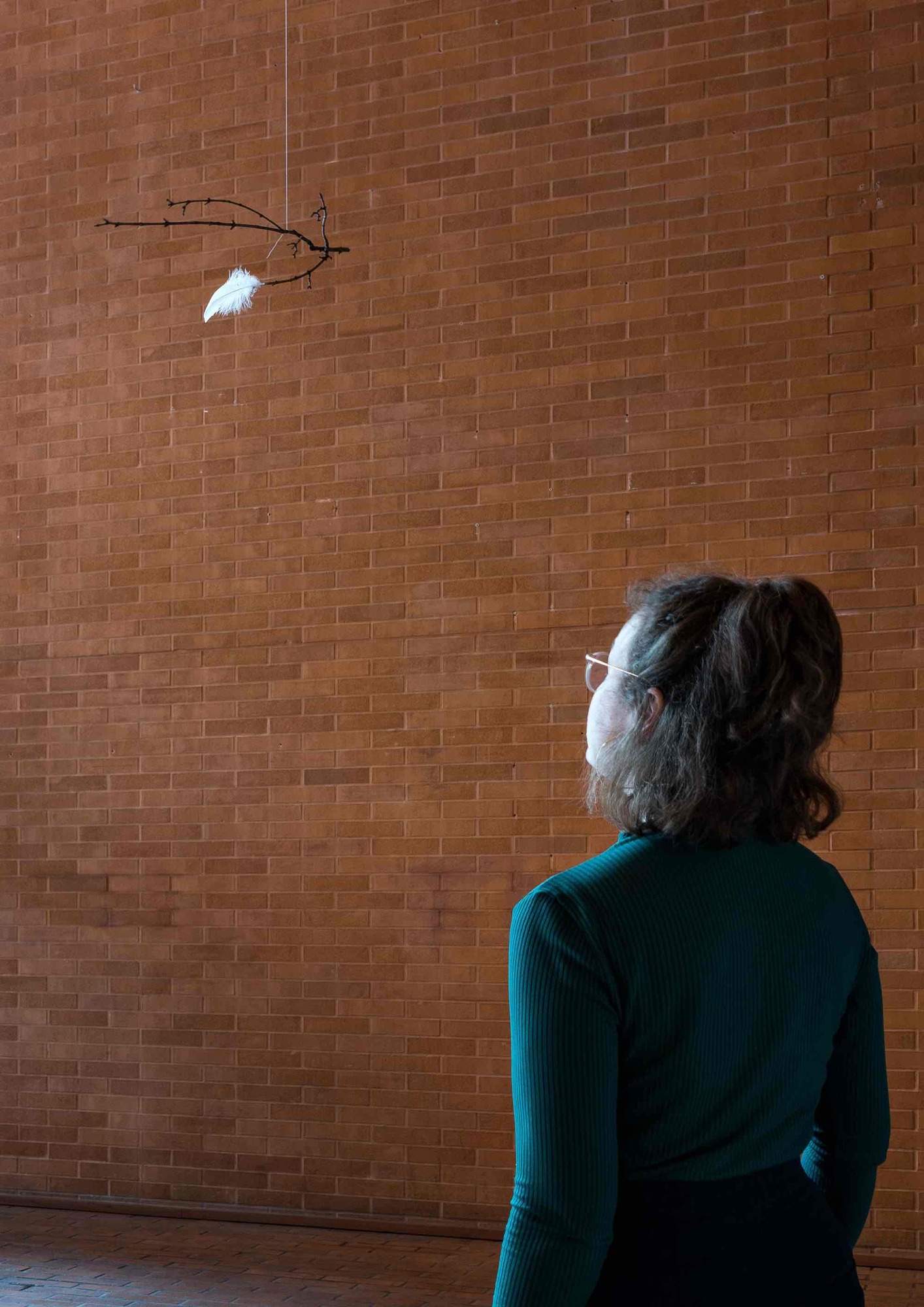
Installation view Laure Prouvost. Ohmmm age Oma je ohomma mama: Moving Her, 2023, Kunsthalle Wien 2023, photo: Iris Ranzinger
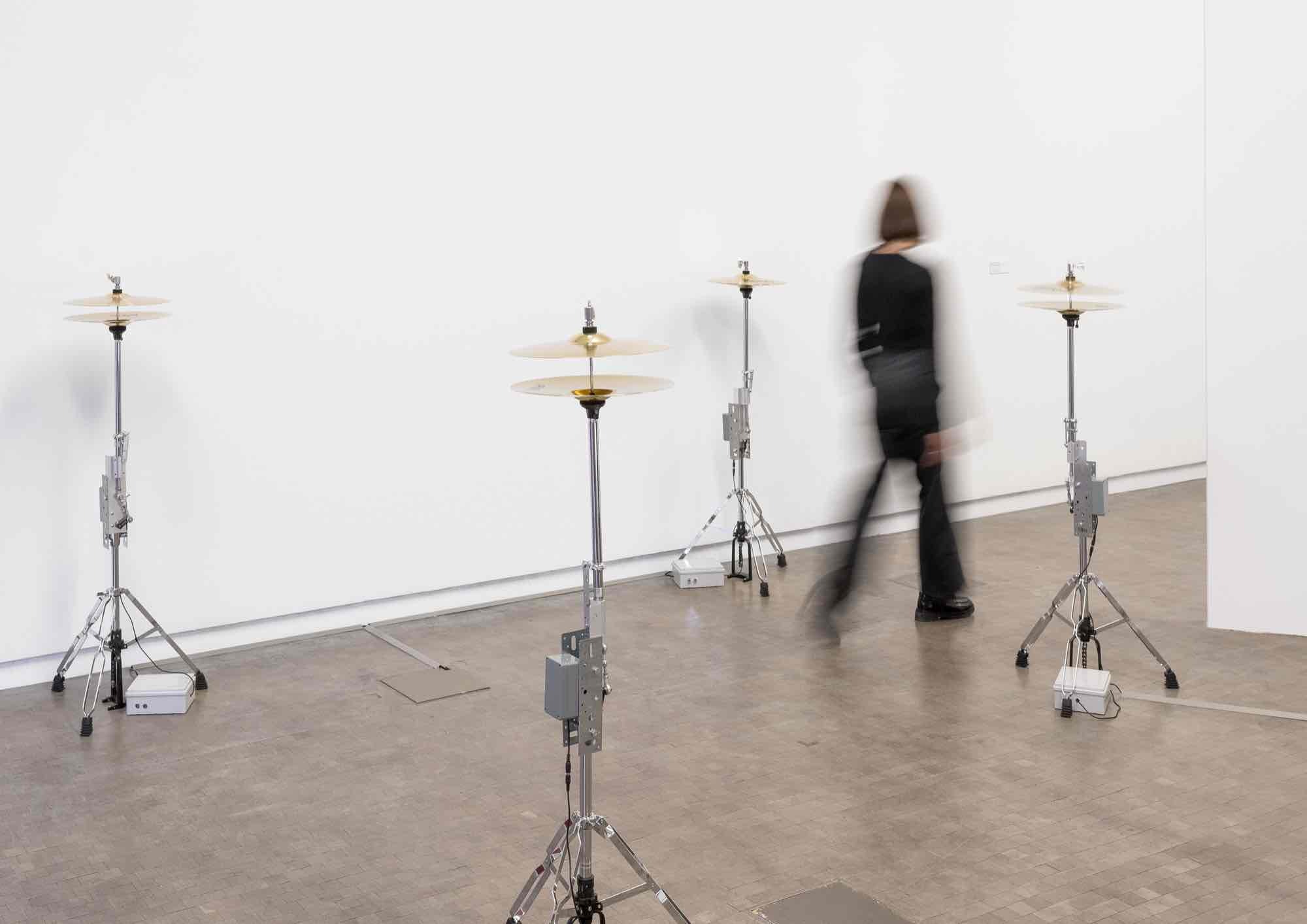
Installation view Laure Prouvost. Ohmmm age Oma je ohomma mama: Hi Her Garden, 2023, Kunsthalle Wien 2023, photo: Iris Ranzinger
Laure Prouvost’s works stimulate the senses and imagination of those who see them. The great concerns of the present-day world are set to simmer in her humorous cosmos. By means of playful storytelling, she seeks paths forward. Over the last two decades, the artist (born 1978 in Croix, Northern France) has developed an inventive audio-visual vocabulary characterized by wit, a singular sensory quality and joyful play with misunderstanding and linguistic ambiguity.
After numerous international exhibitions, Ohmmm age Oma je ohomma mama is the first solo exhibition of the Turner Prize winner in Austria, jointly conceived by kunsthalle wien and Wiener Festwochen. It comprises a series of works created especially for this occasion — including a new film — that form an expansive as well as immersive multi-media installation.
Prouvost’s multi-dimensional art practice moves easily between various media and techniques, characterized throughout by the singular performative and narrative aspects of her gesture. The artist works in film, painting, sound and sculpture, using glass, textiles, ceramics and found-object assemblages, among other materials. All these elements converge in imaginative worlds and interwoven storylines.
The works of Prouvost dissolve reality and fiction into unusual stories. Inspired by the strategies and poetics of Surrealism, she gracefully yet purposefully subverts linear narrative and socially normative articulations of word, image, and material. The works resist any obvious reading, instead inviting an intuitive and affective mode of examination. They present gaps to be filled by the personal realities, emotional worlds, and imagination of the viewers, in the process opening a broad spectrum of new meaning.
The cryptically spelled title Ohmmm age Oma je ohomma mama is a perfect example of Prouvost’s witty use of language. In its play on spelling and pronunciation it leaves meanings to shimmer, working through multilingual consonances. As the title suggests when spoken aloud, it is about the fine gesture of homage — to the oma, the grandma, as ancestor and trailblazer.
In her exploration of the very figure of the grandmother, Prouvost engages with the concept of origin and its possible interpretations, and in a broader sense with the construction of history in its transmission through generations. Her works generally emphasize the importance of interpersonal relations and family units in their various forms. Thus, the protagonists of her films tend to be close-knit groups held together by a form of elective affinity or seeing themselves as “chosen family” by virtue of their allegiance and intimacy.
And so the Vienna exhibition begins in search of those who made us what we are able to be today. We encounter an audaciously invented genealogy of “grandmothers” (a list which of course can never be considered complete), ranging from the prehistoric figurine known as “Venus of Willendorf”, the baroque painter Artemisia Gentileschi, the civil rights campaigner Rosa Parks, to the mountaineer Junko Tabei, theorist Donna Haraway, the filmmaker Agnès Varda, and the electronic music pioneer Éliane Radigue, to the grandmothers of the curator, a neighbour, a friend, and the studio manager.
Prouvost uses stories of intellectual role models and inspiring historical characters interchangeably with people personally known to her or important in her immediate world. The artist’s subjective reflections on their significance underpin the script of her new film, Here Her Heart Hovers (2023), feeding into the narrative of the entire exhibition, in which the film stands as centrepiece. The main part of the film follows a sisterly group of women who embark on a journey over land and through time to pass on the valuable things they carry.
But the story doesn’t end on the screen. Prouvost invites us into a sensual, cavernous darkness that — by means of an intricately synchronized score of lighting effects, sounds and video projections — evokes an originary place from which everything seems to have emerged. Her exhibition works like a tangled surreal dream where past, present and future dissolve into indistinction: stories, encounters, and fleeting memories proliferate here, materializing in multiple bodies, voices, and objects.
In Ohmmm age Oma je ohomma mama, Prouvost lays out a closely woven genealogy in which kinship relations and the writing of history are not set in stone but persist as fluid and malleable things. The exhibition is dedicated to ancestors and forerunners: those who preceded us but also the ancestors and forerunners still to come. Prouvost invites us to see ourselves bound together in an interconnected world of a collective We. One that protects what the predecessors left, and with passing generations will watch over the forays of those who follow.
Curator: Carolina Nöbauer
After numerous international exhibitions, Ohmmm age Oma je ohomma mama is the first solo exhibition of the Turner Prize winner in Austria, jointly conceived by kunsthalle wien and Wiener Festwochen. It comprises a series of works created especially for this occasion — including a new film — that form an expansive as well as immersive multi-media installation.
Prouvost’s multi-dimensional art practice moves easily between various media and techniques, characterized throughout by the singular performative and narrative aspects of her gesture. The artist works in film, painting, sound and sculpture, using glass, textiles, ceramics and found-object assemblages, among other materials. All these elements converge in imaginative worlds and interwoven storylines.
The works of Prouvost dissolve reality and fiction into unusual stories. Inspired by the strategies and poetics of Surrealism, she gracefully yet purposefully subverts linear narrative and socially normative articulations of word, image, and material. The works resist any obvious reading, instead inviting an intuitive and affective mode of examination. They present gaps to be filled by the personal realities, emotional worlds, and imagination of the viewers, in the process opening a broad spectrum of new meaning.
The cryptically spelled title Ohmmm age Oma je ohomma mama is a perfect example of Prouvost’s witty use of language. In its play on spelling and pronunciation it leaves meanings to shimmer, working through multilingual consonances. As the title suggests when spoken aloud, it is about the fine gesture of homage — to the oma, the grandma, as ancestor and trailblazer.
In her exploration of the very figure of the grandmother, Prouvost engages with the concept of origin and its possible interpretations, and in a broader sense with the construction of history in its transmission through generations. Her works generally emphasize the importance of interpersonal relations and family units in their various forms. Thus, the protagonists of her films tend to be close-knit groups held together by a form of elective affinity or seeing themselves as “chosen family” by virtue of their allegiance and intimacy.
And so the Vienna exhibition begins in search of those who made us what we are able to be today. We encounter an audaciously invented genealogy of “grandmothers” (a list which of course can never be considered complete), ranging from the prehistoric figurine known as “Venus of Willendorf”, the baroque painter Artemisia Gentileschi, the civil rights campaigner Rosa Parks, to the mountaineer Junko Tabei, theorist Donna Haraway, the filmmaker Agnès Varda, and the electronic music pioneer Éliane Radigue, to the grandmothers of the curator, a neighbour, a friend, and the studio manager.
Prouvost uses stories of intellectual role models and inspiring historical characters interchangeably with people personally known to her or important in her immediate world. The artist’s subjective reflections on their significance underpin the script of her new film, Here Her Heart Hovers (2023), feeding into the narrative of the entire exhibition, in which the film stands as centrepiece. The main part of the film follows a sisterly group of women who embark on a journey over land and through time to pass on the valuable things they carry.
But the story doesn’t end on the screen. Prouvost invites us into a sensual, cavernous darkness that — by means of an intricately synchronized score of lighting effects, sounds and video projections — evokes an originary place from which everything seems to have emerged. Her exhibition works like a tangled surreal dream where past, present and future dissolve into indistinction: stories, encounters, and fleeting memories proliferate here, materializing in multiple bodies, voices, and objects.
In Ohmmm age Oma je ohomma mama, Prouvost lays out a closely woven genealogy in which kinship relations and the writing of history are not set in stone but persist as fluid and malleable things. The exhibition is dedicated to ancestors and forerunners: those who preceded us but also the ancestors and forerunners still to come. Prouvost invites us to see ourselves bound together in an interconnected world of a collective We. One that protects what the predecessors left, and with passing generations will watch over the forays of those who follow.
Curator: Carolina Nöbauer

